Endbahnhof by Kate Seabrook
A photographic trip through all 173 of Berlin’s U-Bahn stations

by Jason Kenny
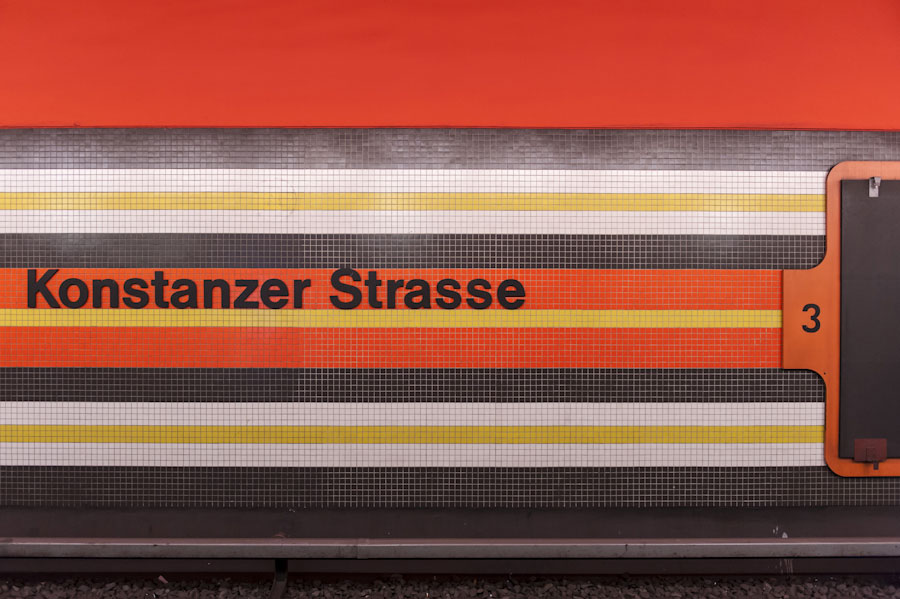
In 2011 Melbourne photographer Kate Seabrook moved back to Berlin looking for a new project. She found her muse in the 173 stations of the city’s underground subway system, the U-Bahn. Aptly titling the series “Endbahnhof”—which translates to “railhead” in German—Seabrook snapped each and every port beneath the streets.
“It’s an idea that evolved,” she says, recalling a photo she took of a station in Paris’ Montmarte neighborhood which inspired the project. “I looked at the composition and thought it was really nice. I’d never really looked at the architecture of a train station before.”
In Berlin, like in many other major hubs, the myriad stations of the daily trains have woven themselves into the identity of the city, and Seabrook knew she had a rich source of photographic fodder. “It was early on in 2012 when I caught the U7 all the way to Spandau for the first time,” she says. “I was on a completely different photo expedition but I went through that stretch between Berlinerstrasse and Spandau with that crazy pop art.”
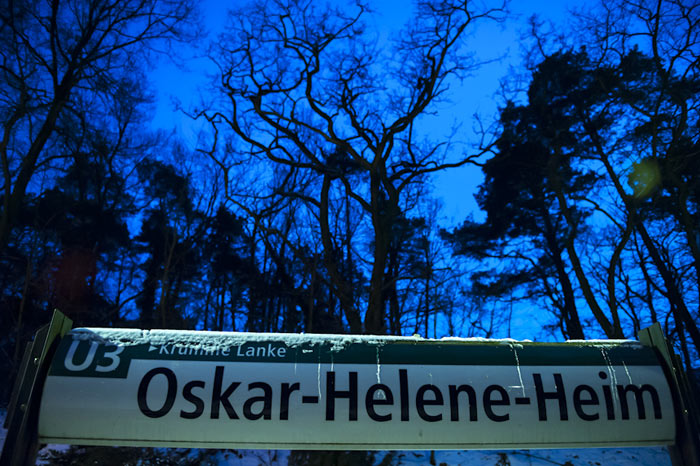
From there, the variety of the city’s infrastructure began to reveal itself in rich detail. The architecture of the stations along the U1, for example, dates back to 1902, and is vastly different than that of other lines constructed in the 1930s when the city’s dismal economy left stations with a vast amount of exposed girders. Stations refurbished after the reunification in 1989 add their own visual element to the lines. A large number of the U-Bahn stations in the old East Berlin were closed during the Cold War, becoming ghost stations patrolled by East German guards to prevent underground escapes to the West. After the fall of the Berlin Wall in 1989 the stations were opened again and in most cases updated with fresh paint and new signage.
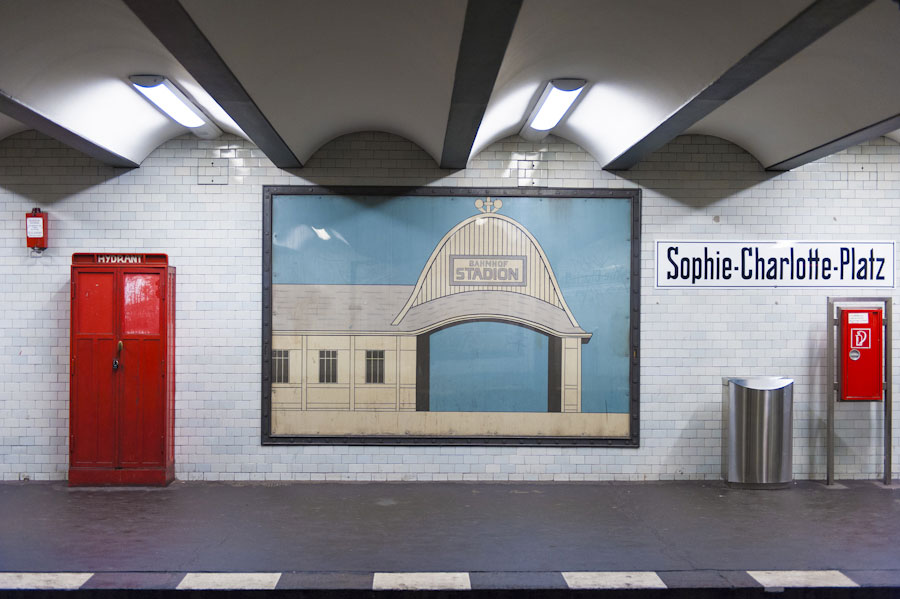
Seabrook’s photographs capture the character of each station with a simple picture of the sign bearing the name of the station. Conveying a great deal about a station in just one tight, clean shot, her approach posed its own artistic challenge—getting the right image in the four minutes between trains in stations bustling with passengers.
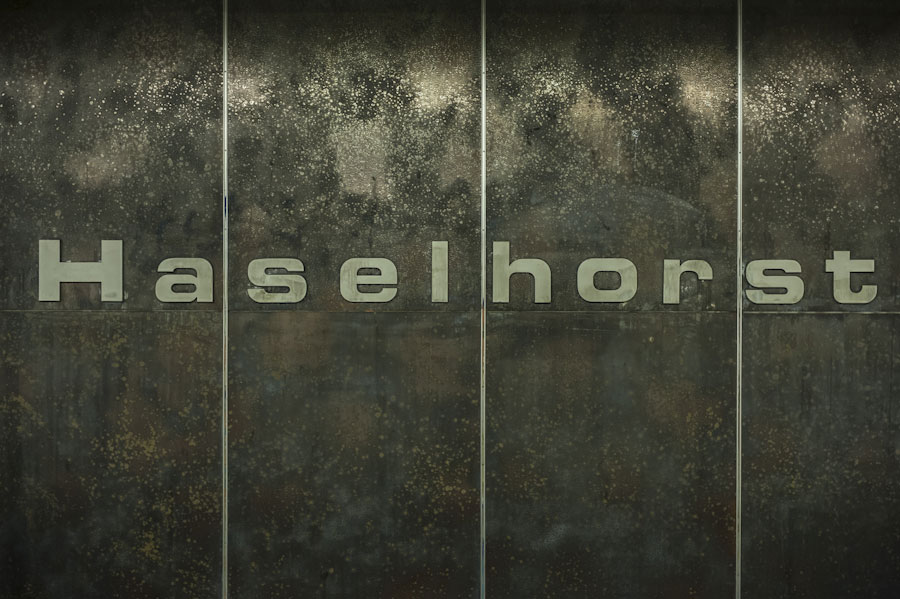
“I wanted to keep the composition clean and minimal and I didn’t really want people in the shot as well,” she explains. “I did close in on the typography and things like that but it’s a remarkable journey and a recognizable indicator to this is where you are.”
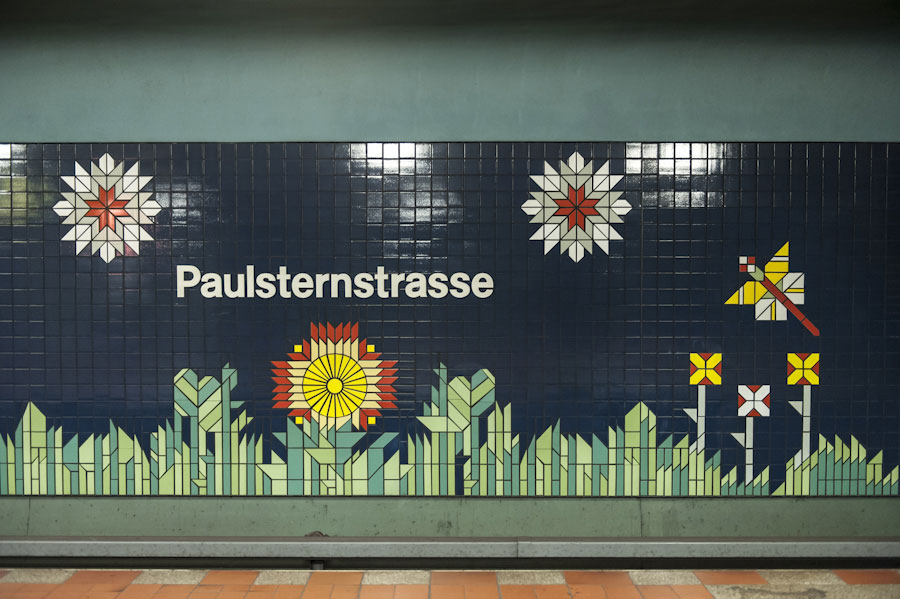
“Endbahnhof is a document of the city and stations as it is now. Even since I’ve finished the project some of the stations have been renovated. A friend suggested I could go back and do it again in five years,” says. Though whether or not she will revisit Berlin’s system has not been decided, Seabrook is looking at publishing options for a book of the current photographs, and is going deeper underground in Prague, Amsterdam and Moscow metro systems.
You can browse the entire Endbahnhof series on Seabrook’s tumblr, and her other work can be seen on her website.
Images by Kate Seabrook












